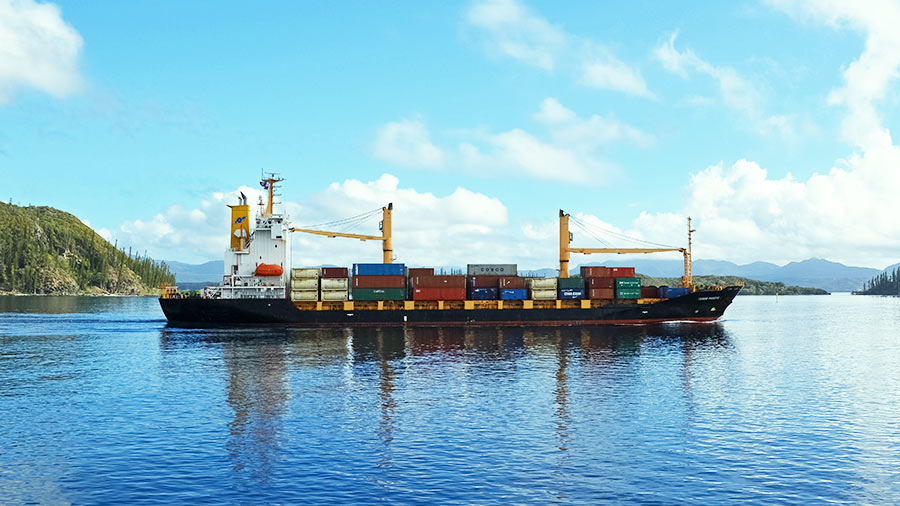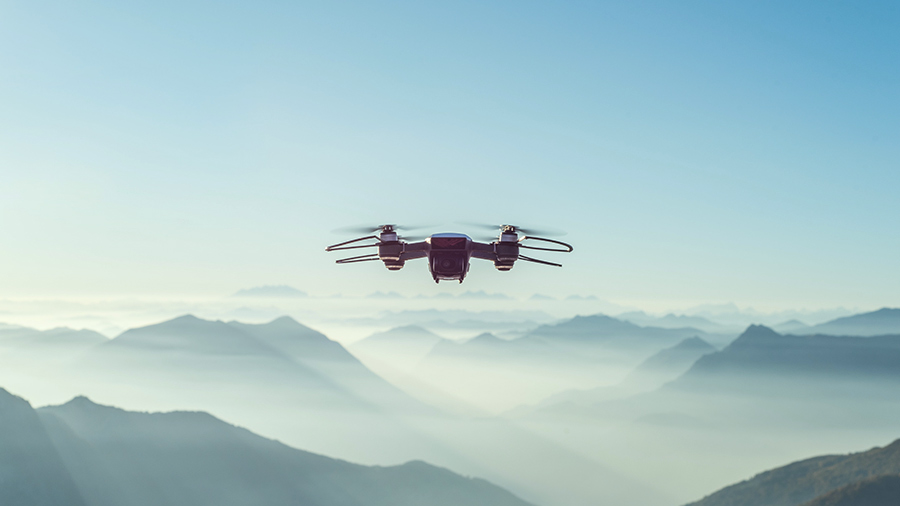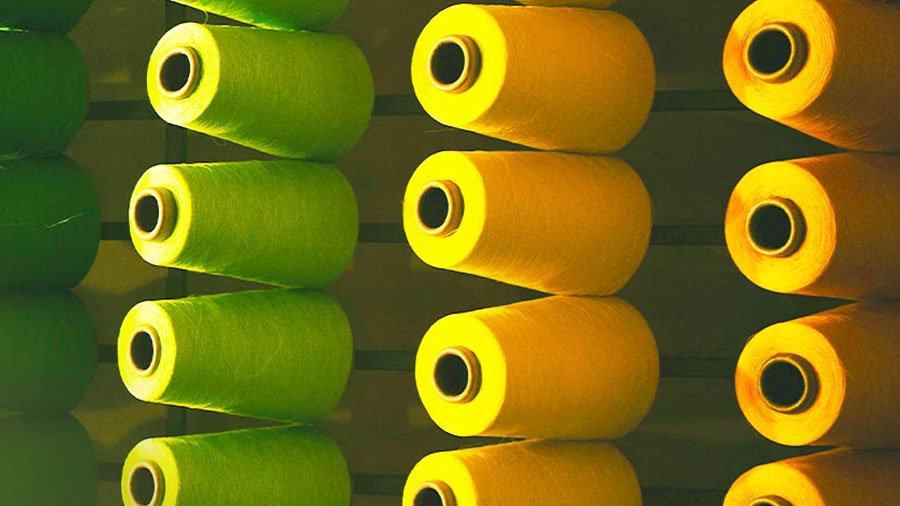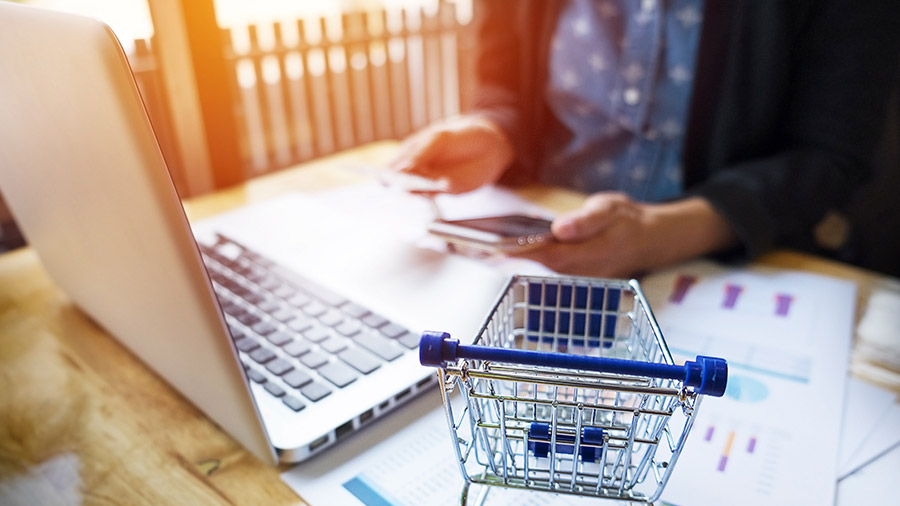India's retail market has a huge scope for growth and is projected to grow around 10 percent every year over the next decade. The Indian retail industry will then be worth a massive US$2 trillion by the year 2032. In this article, we offer insights into key growth drivers and the top retail growth segments in India.
The pandemic interrupted steady consumption growth in India. The past decade had seen consecutive years of growth in the retail market, but the arrival of Covid-19 and subsequent introduction of virus-induced restrictions had widespread ramifications on consumption patterns. Now, according to a new report by the Boston Consulting Group (BCG), India’s retail industry is back on track and will be worth a staggering US$2 trillion by the year 2032.
Titled “Racing towards the next wave of Retail in India” and released in late April, BCG said it expects the Indian retail industry to grow at 9-10 percent each year over the course of the next decade. The Group said that the disruption induced by the pandemic was responsible for delaying the landmark US$2 trillion valuation by 1-2 years. “The Indian economy continues to be driven by consumption and we are observing that consumption growth is back in the positive territory after the two-year Covid pause,” BCG Managing Director and Senior Partner Abheek Singhi said, commenting on the report.
Indian consumption, which was growing at approximately 10-12 percent in the decade to 2019, went into negative territory during the pandemic. The sector recovered in 2021, expanding by around 15-17 percent according to BCG. The retail sector, although not fully formalized, is a major driver for economic growth in India, accounting for over 10 percent of the country’s gross domestic product (GDP) and around eight percent of employment. The figures, provided by the India Brand Equity Foundation (IBEF), suggest that India has the world’s fifth-largest retail sector.
Factors shaping consumption growth in India
Steady consumption growth over the past decade has been driven by socio-economic developments and an enabling environment, characterized partially by the growth of e-commerce platforms.
One factor driving consumption, as noted by BCG, is the increasing affluence of India and its population. Household income is expected to rise 40 percent by the year 2030, with the average household income reaching INR 732,000 per annum, equivalent to around US$9,500. This also represents a near twofold increase from 2010, when household income stood at INR 387,000 – just over US$5,000 at the current exchange rate. Moreover, the number of households in India will continue to grow, reaching 354 million by 2030, up from 289 million in 2020.
BCG also notes accessibility as an enabling factor driving consumption growth. It highlights that Indian households increasingly have access to avenues of consumption like malls, shopping complexes, and multiplexes while being more exposed to information and advertising through the television and internet. In fact, in 2020, Indian media reported that 100 new malls would be completed by the end of 2022. The growth of these retail facilities has been considerable, from three in the year 2000, to more than 600 just two decades later.
While the Indian retail market has largely been unorganized, the organized retail market increased by 50 percent between 2012 and 2020, according to the government-backed investment facilitation agency, Invest India. As of 2020, India’s organized retail market was valued at 12 percent of the total retail market. As such, there’s clearly plenty of headroom for formalized retailers to grow. According to Invest India, major retail categories by retail penetration are apparel & accessories (18%), consumer electronics (6%), and home and living (6%). These sectors will likely drive further formalization in the coming years.
Another factor driving the growth of the Indian retail market is increased internet penetration. Invest India notes that the country will become the third largest online retail market by 2030, with an estimated annual gross merchandise value of US$350 billion. E-commerce has been expanding steadily in the country but boomed in the first half of 2021, likely buoyed by the unique circumstances engendered by Covid-19. During the six months, e-commerce accounted for nearly a third of sales in several electronic categories, almost half of smartphones sold, and about a fifth of all apparel sales.
The next decade will see organized retailers focus on footprint expansion, across all formats - offline and online - to fuel future growth. - BCG Managing Director, Singhi
E-commerce is expected to continue growing in India as internet and TV access improves. Some 80 percent of households are anticipated to have access to the internet by 2026 while around a quarter of Indian households currently do not have TV access, leaving plenty of room for growth.
BCG predicts that e-commerce sales are expected to reach US$130 billion by 2026, a sizable increase from 2019 when online sales amounted to just US$29 billion. The Group highlights that the share of online sales grew between two and fourfold from 2019 to 2021 with the pandemic seemingly expediting the movement towards online retail. IBEF states that online penetration of retail is expected to reach 10.7 percent by 2024 versus 4.7 percent in 2019.
BCG also highlights improving consumer confidence as a factor driving the retail industry. Although, it is worth noting that consumer confidence is yet to return to pre-pandemic levels, according to the Consumer Confidence Index (CCI).
Growth areas and trends over the next decade
- As outlined, the growth of e-commerce is likely to continue in India, as it is around the world. It is probable that this trend benefits established or international brands, which are already familiar with the online retail space. However, the Open Network for Digital Commerce (ONDC) – a government-backed platform-agnostic network (now in pilot mode) that will serve as an alternative to platform aggregators like Amazon and Walmart-owned Flipkart – may soon provide expanded opportunities for smaller and indigenous retailers.
- McKinsey & Company recently highlighted online grocery as an area that will see particularly fast growth and where the entry of Reliance and Tata will spur competition.
- E-pharmacy is another online growth market. The development of this sector has been heavily linked to the pandemic, and online pharmaceutical retail is expected to continue growing as buying habits shift.
- The Indian online fashion industry grew by 51 percent in 2021, according to a report by Unicommerce. The growth may have also been induced by the pandemic but is likely to represent a long-term shift towards online retail, mirroring movements that we have seen elsewhere in the world.
- Social commerce is also poised to be another sizeable growth market. With a high level of internet access and a relatively young population, India is likely to see a growth in e-commerce through social networking sites like Instagram. The social media giant has invested substantially in advancing the retail options available on their platform.
- Consolidation of market share by top retail players. BCG highlights that the top five industry players only have 5-7 percent market share in India. By comparison, that same statistic sits around 30-35 percent in the US and 35-40 percent in the UK. Thus, there is considerable potential for market players to consolidate their position, particularly as the Indian market becomes increasingly organized or formalized.
While we have identified the above growth areas, BCG expects the Indian retail market to grow on all fronts, across traditional brick-and-mortar and digital spaces.









